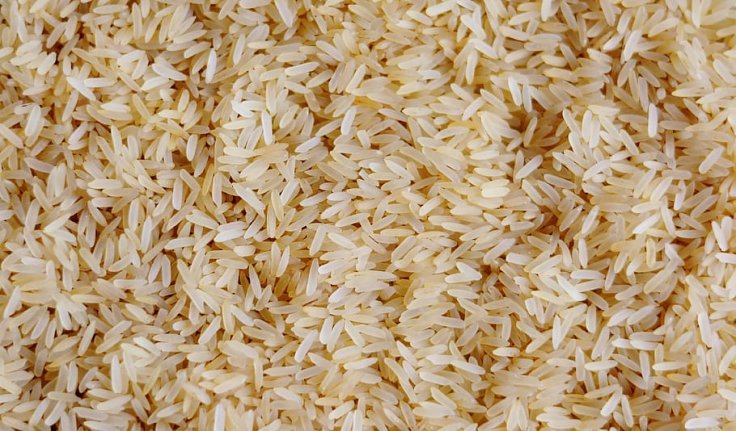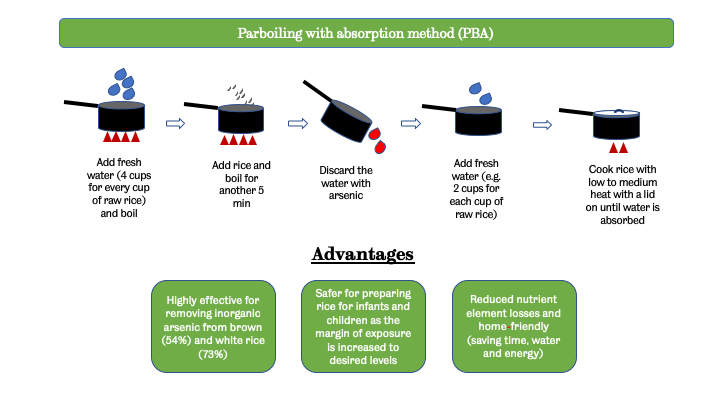A sizeable portion of the global population consumes rice as its staple food. This puts billions of people at risk of unknowingly consuming a lethal carcinogen that accumulates in rice—Arsenic. A new study, however, has detailed a cooking method that can reduce the presence of arsenic in rice significantly, without causing the loss of micronutrients in the process.
According to the study by researchers from the University of Sheffield, the new method of cooking rice known as 'parboiling with absorption method' (PBA), can remove 74 percent of arsenic in white rice and can reduce the levels by over 50 percent in brown rice. "For rice consumers, this is excellent news. There are genuine concerns amongst the population about eating rice due to arsenic," said Dr. Manoj Menon, corresponding author of the study, in a statement.
An Element Making Food Toxic

Arsenic is a naturally occurring element that is deemed toxic to human beings in all its form. It is found in several minerals, often in combination with metals and sulfur. Also, arsenic is water-soluble, which makes its absorption by cereal plants easier, especially rice which is grown in flooded fields. Of all cereals, rice is said to gather approximately 10 times more arsenic than any other cereal.
The International Agency for Research on Cancer has also denoted it as a Group 1 carcinogen. Exposure to arsenic can affect nearly every organ in the body. It can cause cancer, diabetes, skin lesions and lung diseases.
Among rice grains, the arsenic is found to be concentrated within the outer layer that surrounds the endosperm. Therefore, brown rice—unpolished or unmilled rice where the bran is preserved—contains significantly higher arsenic than white rice. While milling removes most of the arsenic in white rice, it also leads to the removal of 75-90 percents of its nutrients "We don't know the amount of arsenic in each packet rice we buy; even though brown rice is nutritionally superior to white rice as our data shows, it contains more arsenic than white rice," said Dr. Menon.
Removing Arsenic Yet Preserving Nutrients

Previous research from the University of Sheffield discovered that levels of arsenic in rice consumed in the UK was beyond the levels approved by European Commission regulations in rice for the consumption of infants and children. Also, older studies have shown that while cooking rice in excess water can remove arsenic, it can also remove vital micronutrients in the process.
Therefore, the current study tested various methods of cooking rice in order to attempt and reduce the level of arsenic content in rice. It was found that employing the PBA technique effectively removed higher quantities of arsenic while retaining most of the nutrients. The PBA method is rather simple. It involves the boiling of rice in pre-boiled water for 5 minutes, which is drained later. Then, water is added to the drained rice and cooked at a lower heat till all the water is absorbed.
"With our new method we are able to significantly reduce the arsenic exposure while reducing the loss of key nutrients. We highly recommend this method while preparing rice for infants and children as they are highly vulnerable to arsenic exposure risks," emphasized Dr. Menon.









